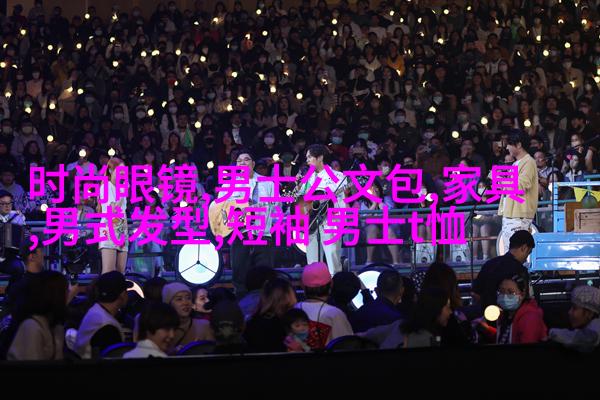Stepping Back in Time with Steampunk Fiction An Od
Stepping Back in Time with Steampunk Fiction: An Ode to Industrial Revolution-Era England's Literary Legacy

The world of literature is rich and diverse, offering readers a wide range of genres and styles to explore. Among these, one particular genre stands out for its unique blend of science fiction, fantasy, and historical elements: steampunk. This fascinating genre has captured the imagination of readers around the globe with its intricate plots, captivating characters, and vivid descriptions of an alternate past.
But what exactly is steampunk? In essence, it is a subgenre that combines Victorian-era aesthetics with advanced technology powered by steam. The result is a world that seems both familiar yet utterly alien – a place where clockwork machines coexist alongside horse-drawn carriages on cobblestone streets.

At its core, steampunk fiction celebrates the industrial revolution era in England during the 19th century. This was an age marked by rapid technological progress and social change as coal-fired factories replaced traditional craftsman workshops. It was also an era plagued by poverty and inequality as wealth disparities grew ever wider.
In this context, steampunk authors use their works as vehicles for exploring themes such as power dynamics between classes; societal attitudes towards gender roles; racial tensions; religious conflicts; environmental degradation due to industrialization; even supernatural phenomena tied into scientific theories like quantum mechanics or relativity theory.

One aspect that sets apart steampunk from other sci-fi/fantasy subgenres lies within how they approach storytelling itself – using language akin to classic English literature from yesteryear but incorporating futuristic concepts into narratives set against historically accurate backgrounds (hence "复古风英文," which translates roughly as "retro-inspired English").
By combining elements like vintage clothing designs inspired by early 20th-century fashion trends ("vintage vibes" or "classic cool") alongside old-fashioned writing techniques employed throughout history ('lost artistry' or 'forgotten style'), authors create immersive experiences transporting us back through time while still embracing modern sensibilities ("timeless charm" or "enduring allure").

For instance:
1st Era: The Golden Age Of Steampunk Literature

As you delve into these pages filled with tales from renowned writers such as Jules Verne (Twenty Thousand Leagues Under The Sea) & H.G Wells (Time Machine), witness how they set stage for future generations who would build upon their ideas.
You'll discover why many consider them pioneers in shaping not just our understanding but appreciation for science fiction overall!
2nd Era: Exploring Modern Themes Through Retro Lenses
As we move further forward in time toward present day we see more contemporary themes infused into stories—like addressing issues surrounding class division (“power dynamics”) gender equality (“societal attitudes”), race relations (“racial tensions”), religion wars (“conflicts”).
These issues are often tackled via characters’ actions within elaborate settings drawn straight from history books combined w/ fantastical tech-based plot twists.
In conclusion,
Steampunk offers us not only a chance at escaping reality but also serves as vehicle towards self-reflection & personal growth through various forms media including films/books/comics etc., all blending together seamlessly under umbrella term known widely today worldwide!